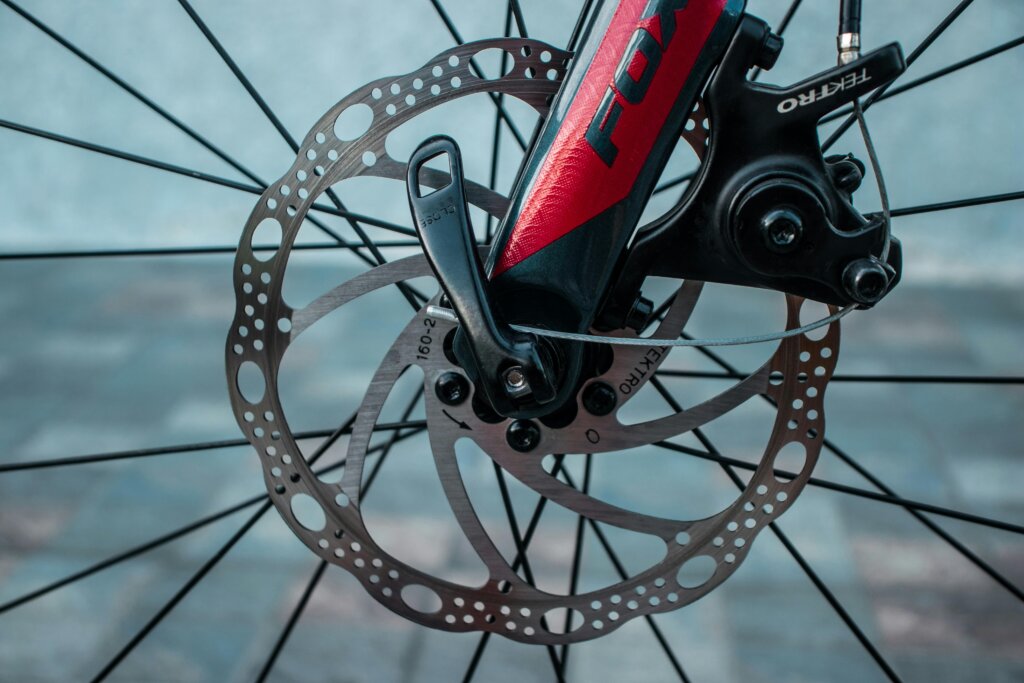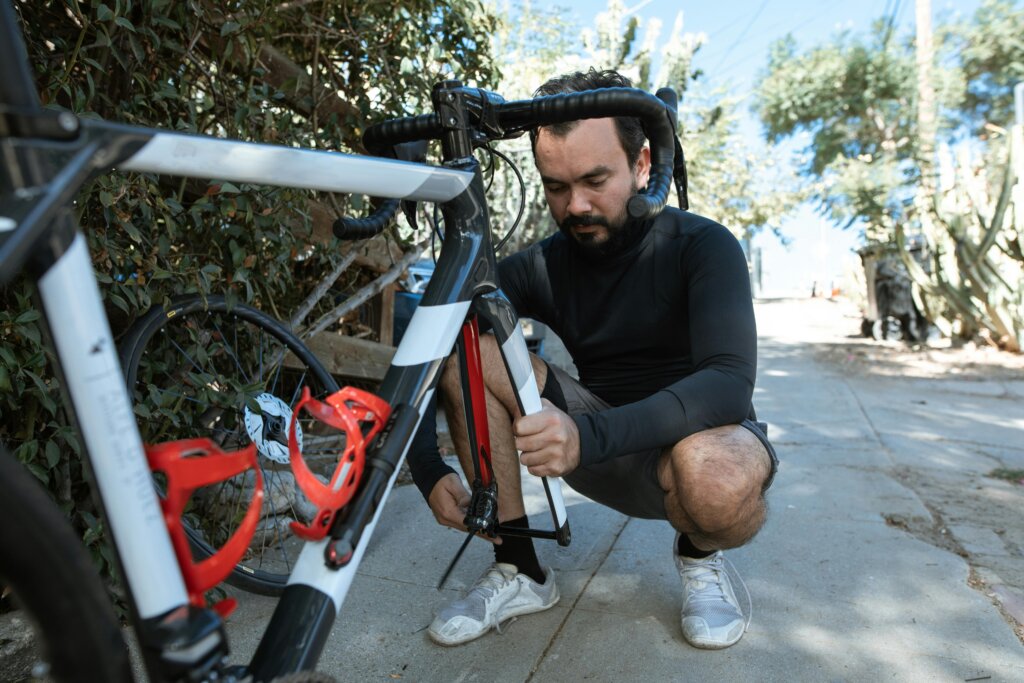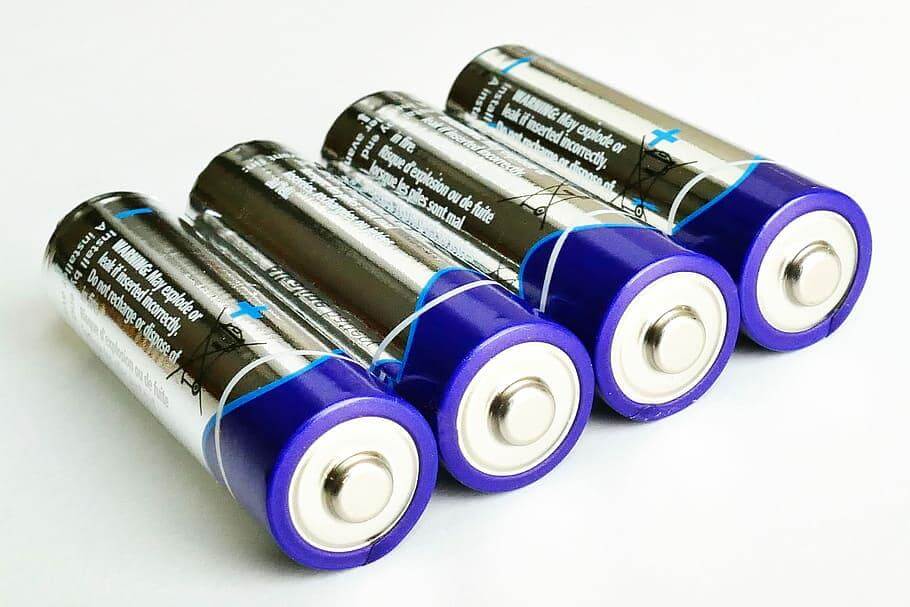E-bike brakes are an essential component for a safe ride. When the brake refuses to respond, it is not just annoying; it is dangerous. This is why it’s crucial to learn how to fix e-bike brake problems.
What stands out about brakes is that they can be fixed at home. All you need are basic e-bike assembling tools and a little know-how.
In this blog post, we will cover all the common e-bike brake problems. We will also provide you with a step-by-step solution for fixing e-bike brake problems. This way, you can get your e-bike back on the road safely.
Why E-bike Brake Wear Faster
Unlike regular bikes, e-bikes have a complex and stronger braking system. Although that makes them exceptional, they are not totally invisible.
E-bike brakes face more strain due to the extra weight incurred by the heavier motor and battery. Higher speed, which requires more braking and frequent use of the brake, enhances a quicker wear pattern, which is also part of the constraints faced. This is why every e-bike rider must have a maintenance routine for their e-bike brake.

Common E-bike Brake Problems and How to Fix Them
Fixing an e-bike brake problem starts with understanding the cause of the problem. Here are a few common issues you might encounter and the possible fixes:
Squeaky Brakes
If you have ever experienced a high-pitched squeaky sound, then you understand how annoying it can be. This sound remains a sign that something is not right with your e-bike brake.
There are so many reasons why you might be experiencing this sound. It could be a result of contaminated brake pads. This could be a result of oil, moisture, or dust.
Another possible reason is overheating, which forms glazed brake pads. Finally, a misaligned brake caliper can also contribute to the squeaky brake.
Quick Fix
- Use isopropyl alcohol to clean your brake pads and rotor.
- With sandpaper, you can sand the glazier pads. This should be done gently.
- Realign the calipers by loosening the bolts with a hex key, squeezing the brake lever, and retightening them.
Weak Braking Power
Safety concerns begin to arise when e-bikes do not stop every time the brake is applied. These issues are a result of air in the hydraulic brake line and worn brake pads.
On the other hand, mechanical brake issues can stem from an incorrectly adjusted cable.
Quick Fix
- Inspect the brake pads to confirm if they are thinner than 1mm. If they are thinner than 1mm, please replace them immediately.
- For hydraulic brakes, remove the trapped air by bleeding the system.
- For mechanical brakes, replace the stretched cable or tighten it if possible.
Spongy Brake
A soft or spongy level is not the best due to its unpredictability. Making it impossible to predict the braking action.
Air bubbles, low brake fluid level, and stretched cable are all common causes of this spongy look and feel.
Quick Fix
- Replace worn-out cables.
- Bleed your hydraulic brake using the toolkit provided by the manufacturer.
- Top off the brake fluid like DOT fluid or mineral oil.
Overheating
For active riders who love taking longer trips, during long descents or heavy braking. Your brake might lose its effectiveness.
Possible causes include excessive heat buildup, continuous braking instead of pulsing, or a small rotor that is not perfect for heavy e-bike use.
Quick Fix
- Seek better heat-resistant pads, such as sintered metal pads.
- Use a larger compatible rotor for your e-bike size.
- For longer trips or descents, use the pulse braking method.
Brake Rub Against the Rotor
A scraping sound is a sign that the brake pads are rubbing the rotor.
When the rotor is bent with dirt stuck in between the pads, scraping is a possible event. Even a caliper misalignment can lead to this brake breakdown.
Quick Fix
- Use tools like rotor truing tools to straighten a bent rotor.
- Spin the wheel to spot the rubbing point for quick fixing.
- Realign, center, and retighten the caliper and the bolt.
Brake Level Doesn’t Return Smoothly
When levers begin to respond slowly or sluggishly, you will notice a reduction in the brake control.
This brake problem could be a result of dust, overdue servicing, or a damaged cable.
Quick Fix
- Every lever pivot must be lubricated and cleaned.
- Service the hydraulic system
- Replace the sticky and frayed cables

When to Replace Beat Repair
When fixing e-bike brake problems, try to understand that some parts might need outright replacement.
Examples of this part are :
- Frayed or rusted cables
- Cracked or bent rotor
- Brake pad worn below 1mm
Tools for Fixing E-bike Brake Problems
- Allen tools, such as the Hex keys
- A cleaning rag and isopropyl alcohol
- Rotor truing tool
- Sandpaper
- Hydraulic Brake bleeding kits
- Brake pad stretcher
Tips For Preventing E-bike Brake Problems
Regular maintenance helps prolong the life of the electric bike brake. When your e-bike is properly managed, you stand a chance of an exceptional riding experience. Below is a list of maintenance tips for your electric bike brake:
Brake Pad Monthly Checkings
Checking your brake pads regularly makes it easy for you to discover when the pads are becoming thinner. Give you opportunities to replace them early before they cause you more expensive damage.
Check the Rotor
A routine check of the rotor after every wet and muddy ride.
Avoid Hard Braking When Wet
Water always reduces the gripping of the brake pads and rotor. Brake early to prevent hard or sudden braking.
Store E-bike Indoor
This is essential and a basic maintenance rule. Keeping your e-bike indoors prevents contamination and rust.
DIY or Mechanic
Understandably, many of the e-bike brake problems can be fixed at home. In cases where you are not comfortable with bleeding the hydraulic brake, take your e-bike to a repair shop. Visit a mechanic when the rotor is severely bent and the level feels unresponsive after several adjustments.
Final Words
E-bike brake problems are common but not as complicated as other components of an e-bike. In 2025, brake problems such as squeaky brakes, weak stopping power, and rubbing rotors shouldn’t stop you from having fun on your bike.
Fixing e-bike brake problems helps you save some cash and also guarantees you a safe ride. This is why all riders must master a quick fix for their e-bike problems.
Do you need more information on DIY for any part of your e-bike parts? Check Furybikers for some DIY tips for your e-bike.



